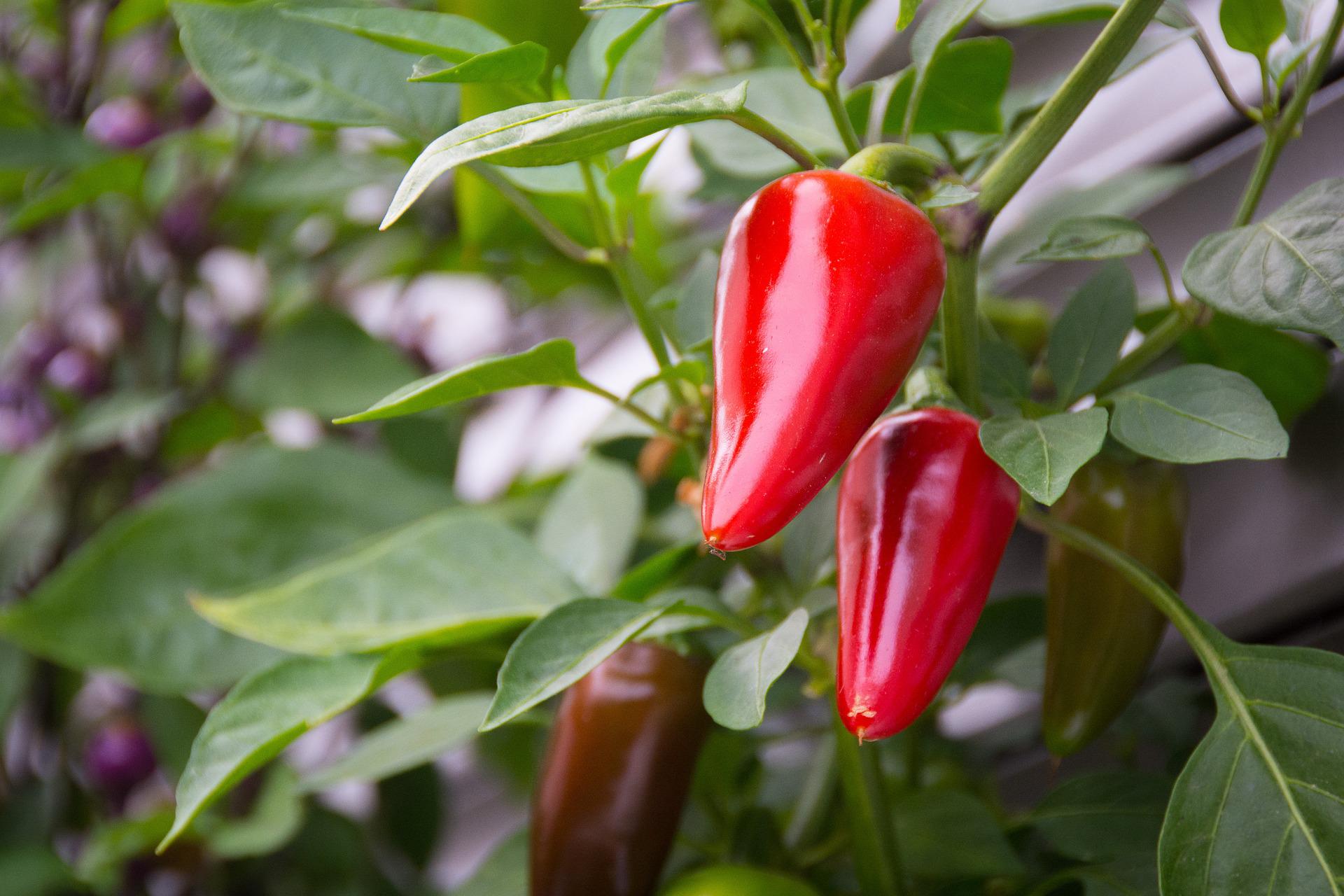I love chillies. I am addicted for sure and love both fresh and pickled on practically every meal, including breakfast!
They are great in so many types of cuisine from Asian, to Mexican and European.
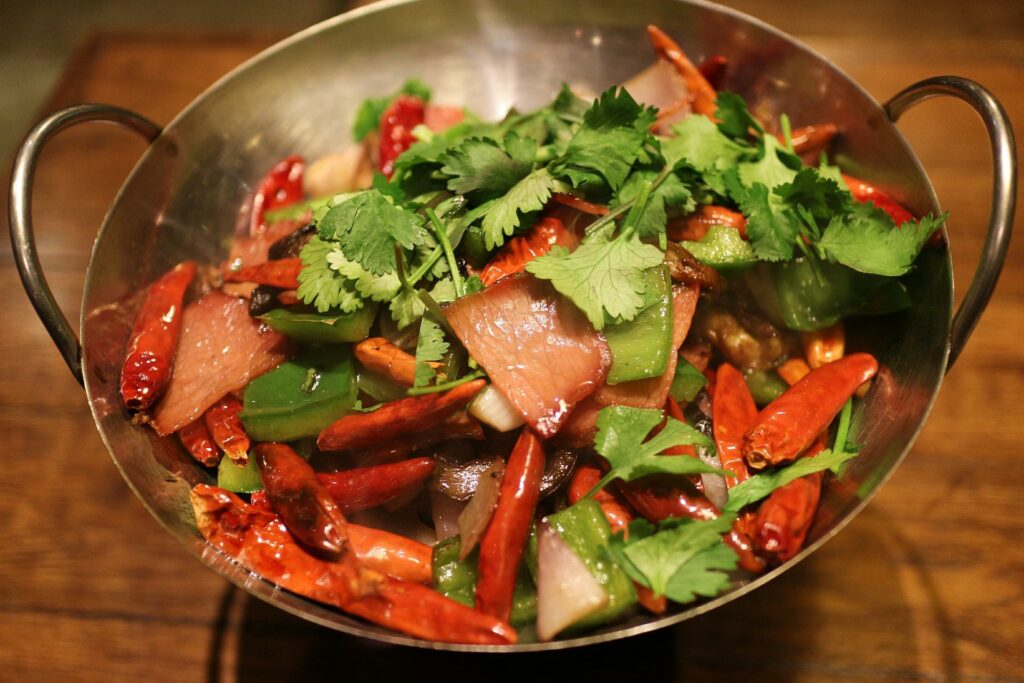
There are many varieties to choose from depending on how spicy you want the fruit to be, and what size the plant will grow to.
A good mid range chilli to start off with is the Jalapeno, which can produce 25 – 30 fruits (and more if looked after) on a 3 foot plant.
Chillies are actually very easy to grow as long as you can give them sunshine and warmth, good compost and water.
They have incredible health benefits and can be both dried and frozen for future use.
If you would like to learn how to grow chilli plants then read on for an easy guide.
The Benefits Of Growing Your Own Chillies
Chillies contain many properties that are excellent for your health, and when you grow your own and pick them fresh, the fruits will retain more of these nutrients than a pack that has been grown and picked in a different country, stored and then shipped to your local store.
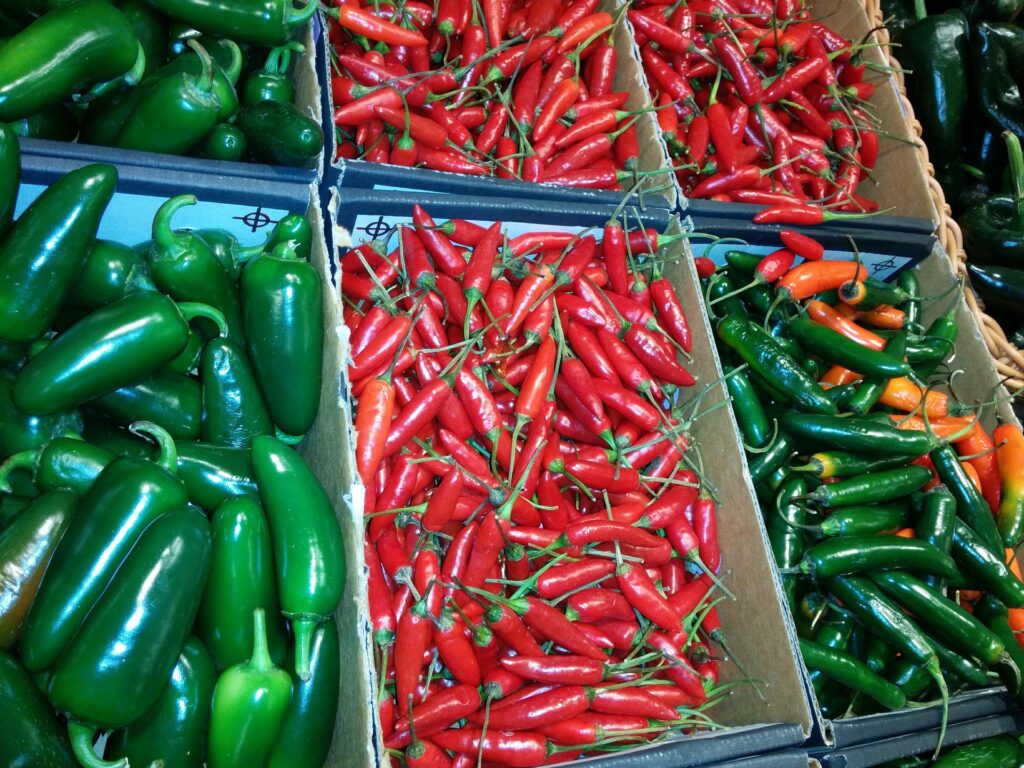
Let’s have a look at some of the beneficial nutrients present in chilli peppers:
- Capsaicin – This active chemical compound is the substance that causes the burning sensation that chillies produce when you eat them. Although it feels like a burn, there is no serious damage caused and in fact the resulting endorphins can be energising. Capsaicin is anti microbial and also raises the metabolism.
- Flavonoids – Antioxidants that regulate cell activity.
- Vitamin C – Important for your immune system. Chillies have three times more Vitamin C than oranges.
- Vitamin A – Important for eyesight, skin and the immune system.
- Vitamin E – Another antioxidant that is important for skin, eyes and the immune system.
- Vitamin K – Supports blood clotting.
- Vitamin B6 – An essential nutrient that supports the healthy functions of the brain, nerves and skin.
- Potassium – An essential mineral that regulates heartbeat, blood pressure and muscle function.
It’s true that the portions that you eat will be small, but if you eat chillies regularly, those vitamins and minerals will add up over time.
Many people consider chillies to be a superfood.
Look how happy these guys are!
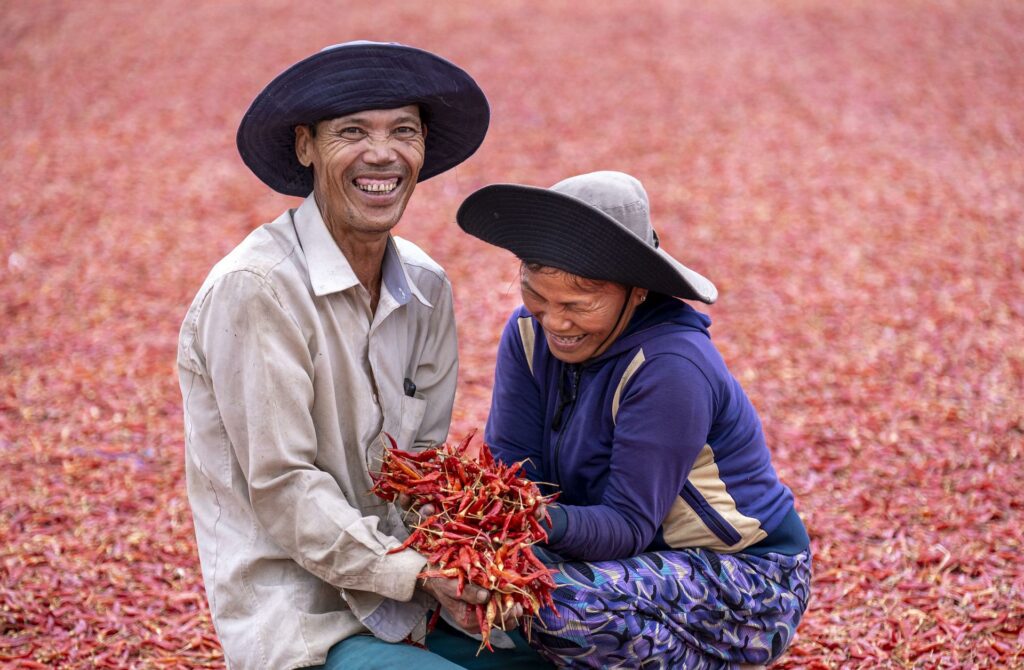
Growing Chillies From Seed – Germination
A good way to start off is to purchase your favourite fresh chillies from the store, enjoy them and harvest the seeds to grow on.
Alternatively if you want to grow different varieties the seeds can easily be purchased online.
Make sure to check how spicy the end fruit will be on the Scoville scale and what size the plant will grow to.
Always remember that chillies like to be warm, and this goes for the seeds as well.
To germinate the seeds and give the plants enough time to grow and ripen, it’s best to start indoors very early in the spring.
This would be February and March in the UK but tailor this to your location.
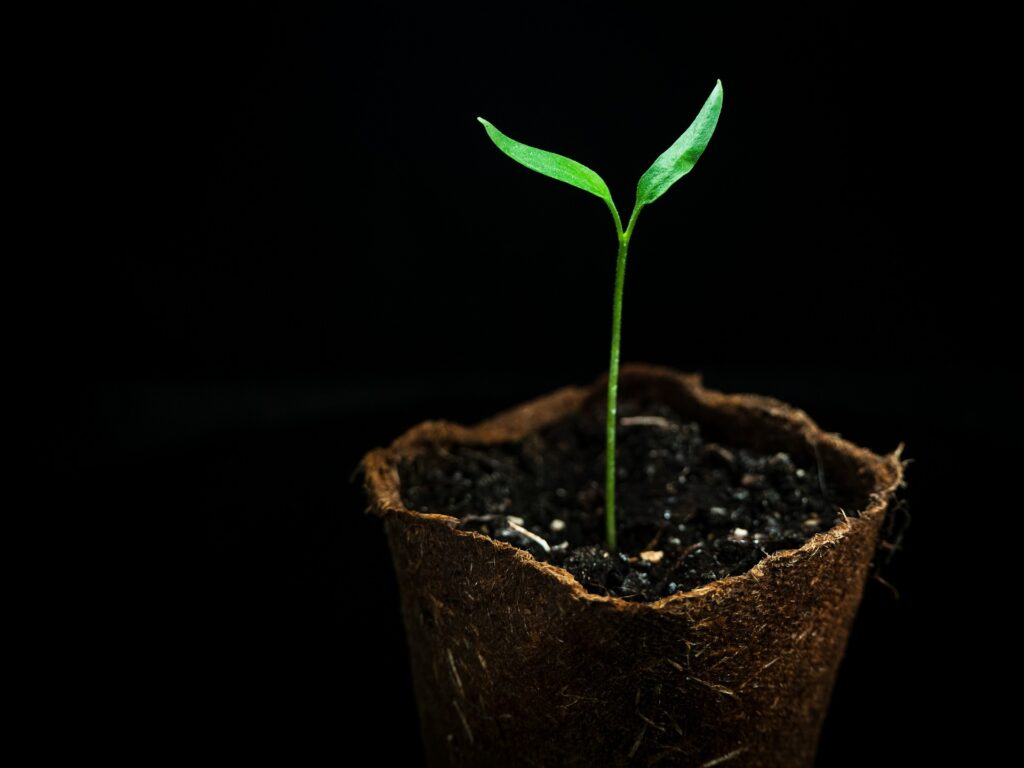
1. Start with a seed tray filled with a good peat free seed compost with good drainage – add grit if necessary.
2. Flatten this down slightly and water it so the compost is moist but not wet.
3. Sprinkle some chilli seeds on the top making sure they are evenly spaced and not too close to each other.
4. Add a thin layer of compost over the top and press down gently again so there is good contact with the seed and the compost.
5. It is a good idea to water them in with a spray bottle. This will regulate the water and make sure the soil does not become too wet or cold.
6. If your seed tray has a clear lid then this is known as a propagator, it keeps moisture and heat in and is perfect for starting plants. If it does not you can make one by placing the seed tray in a clear polythene bag and seal or fold over.
7. Place the tray on a heat mat if you have one, or if not on a warm sunny windowsill.
8. Some varieties can take a while to germinate, so be patient.
9. Keep the soil moist but not wet by misting regularly with the spray bottle.
Pricking Out – Transferring The Seedlings To Individual Pots
When most of the seedlings have come up, you can now move them into individual pots of their own. You don’t want to let them get too tall and “leggy” as this will weaken the stem, so as long as they have two strong leaves they are ready to prick out.
Their new pot is best sized about 3 inches (7.62cm) in diameter.
It’s best not to move them into bigger pots at this stage as too much soil can become waterlogged and rot the roots.
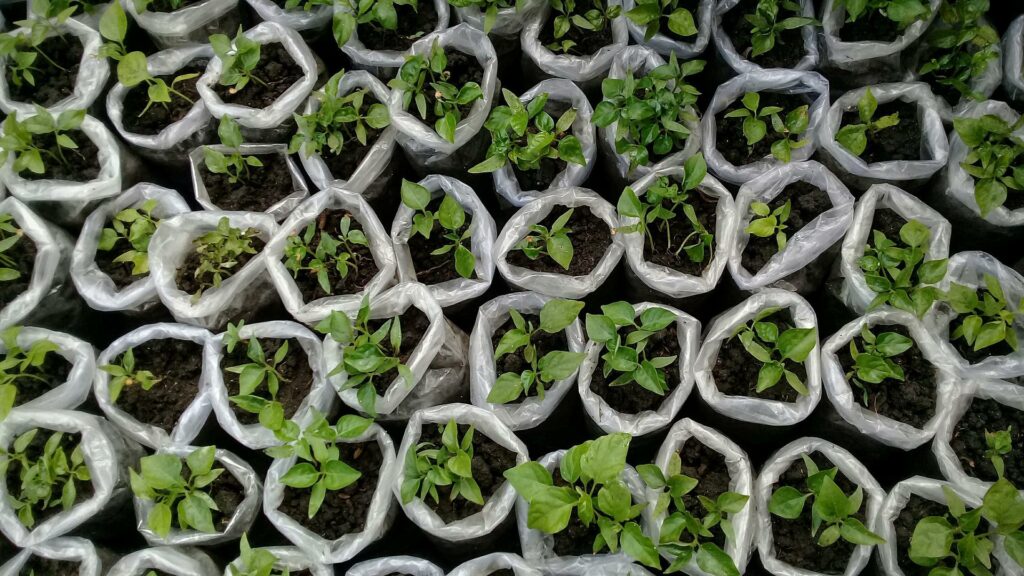
To transfer them, hold them by one of leaves (not the stem as this may damage the fragile stem and the plant may not recover – it can always grow more leaves) and if you need to, use a spoon, pen or something similar to gently loosen the roots without damaging them or cutting them.
Make a small dip in the soil in your new pot using your finger and lower the roots in, then very carefully firm in the soil around so the stem is supported but not squashed.
Water the seedlings in gently and place in the greenhouse or back to a bright windowsill.
Potting On
Once the chilli plants have about five strong pairs of leaves they can then be moved to their final pots.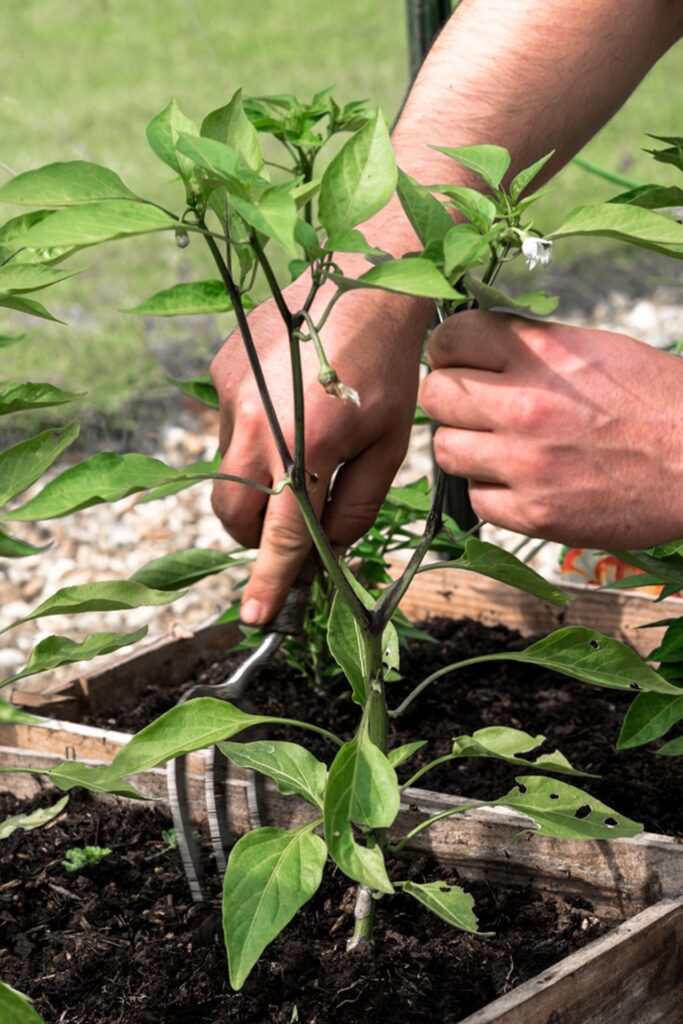
Huge pots are not necessary, sizes of 9 inches (22.86cm) diameter to up 12 inches (30.48cm) diameter will be fine depending on the variety.
Deeper pots are better than shallow pots so the chilli plant can grow a nice root ball, and it is very important to keep well watered, although not so much that the soil is soggy.
If your chilli plant looks like it is leaning, provide it with some support by adding one or more canes and tying them in.
Top Tips To Increase Fruit Production
Once the plants are established and flowering/fruiting it is beneficial to fertilise occasionally using a mild solution of a tomato feed or a balanced liquid fertiliser that is high in potassium and phosphorus.
If you don’t have this you can actually provide some extra nutrients for your chilli plants using household items such as coffee grounds and ground up eggshells.
As the chillies ripen, pick them as soon as they are red as leaving ripe fruits on the plant will inhibit more being produced.
You can even pick them while they are green and let them ripen in the sun, this will encourage even more growth and stop the chillies becoming too spicy, just make sure they are a good size before picking.
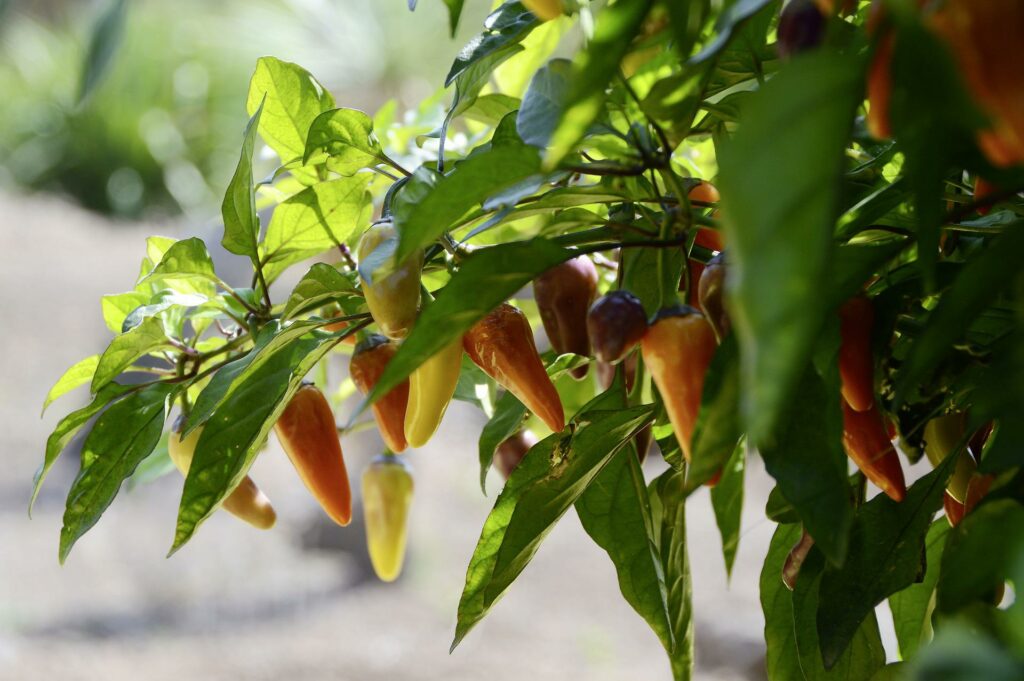
If your plant looks like it is becoming too tall it is good to pinch out the tips early on (when the plant is about 1 foot high), this will encourage a bushier plant rather than a thin tall one and will result in more fruit.
Conclusion
Growing chilli plants in containers (or in good soil in warmer climates) is very easy and can be done inside on a sunny windowsill or a balcony if you don’t have a garden. 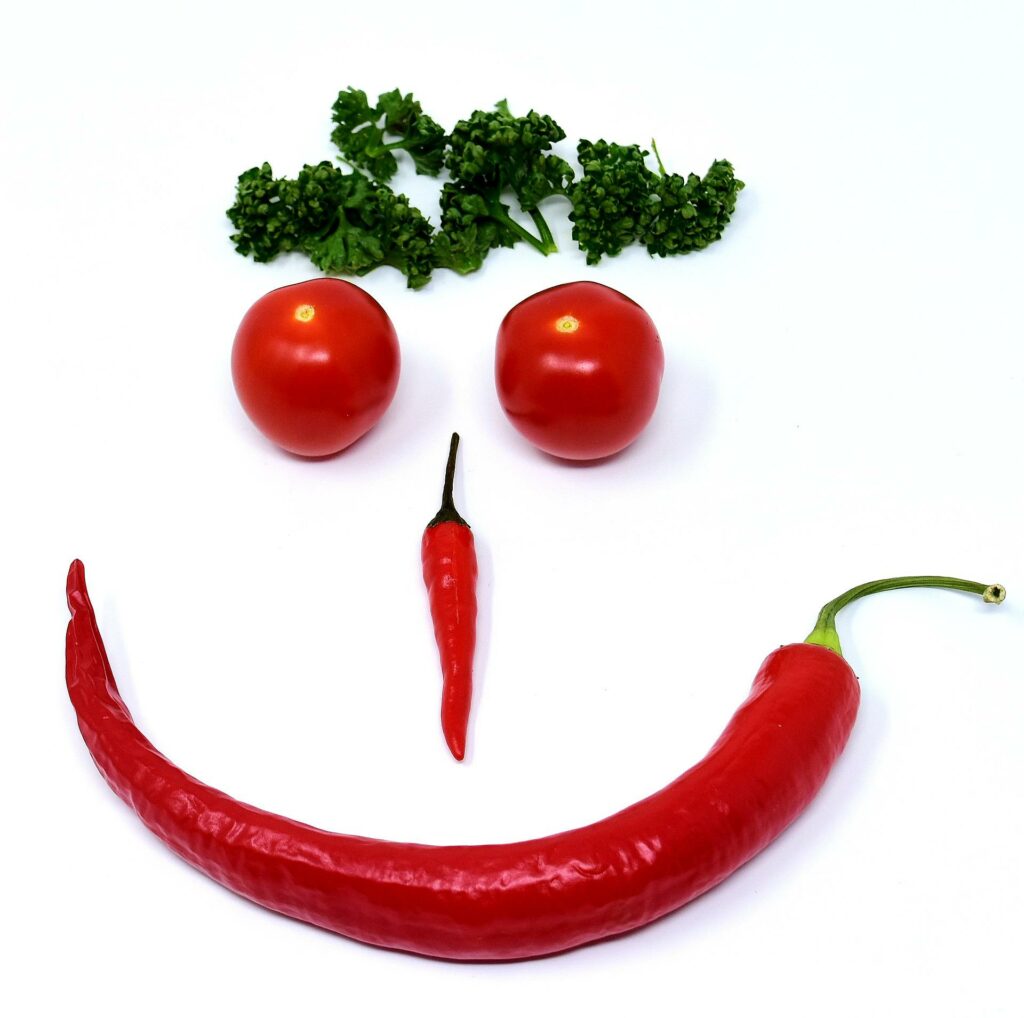
They produce lots of chillies over the summer season and into the autumn provided they are well fed and watered, and are very attractive plants to have.
There are many varieties to try, so this summer why not start your own chilli plants and enjoy your own spicy fruits throughout the year.

